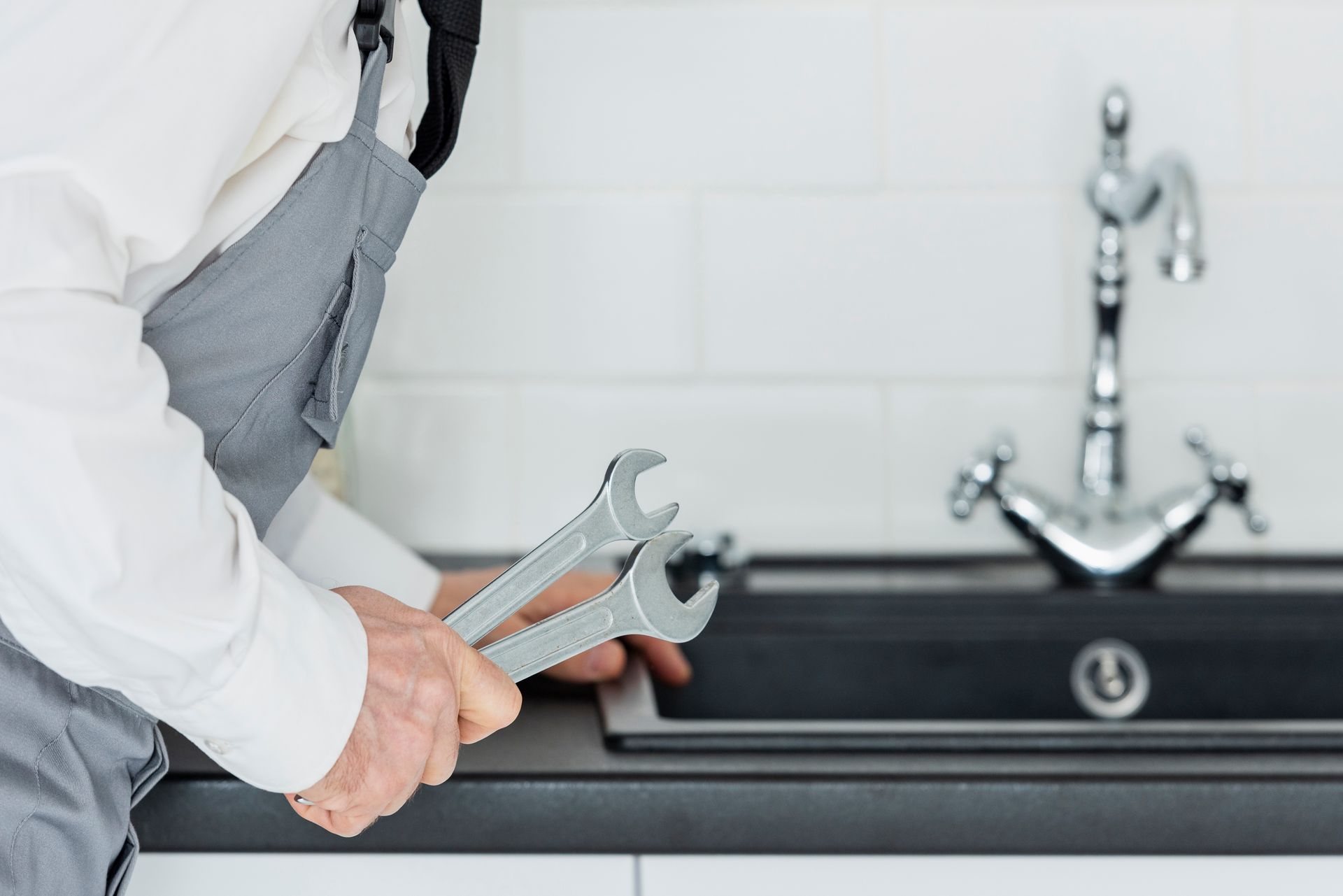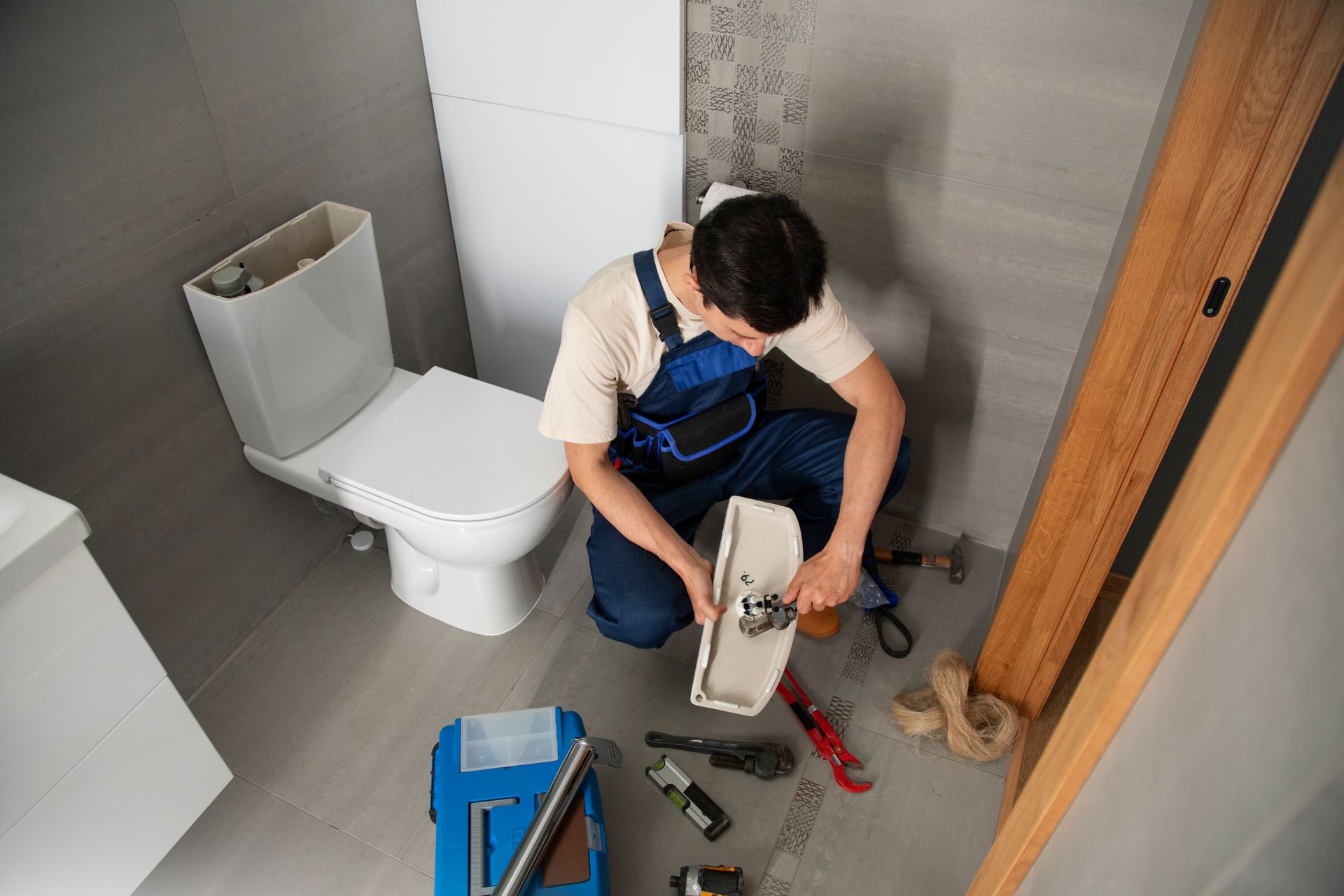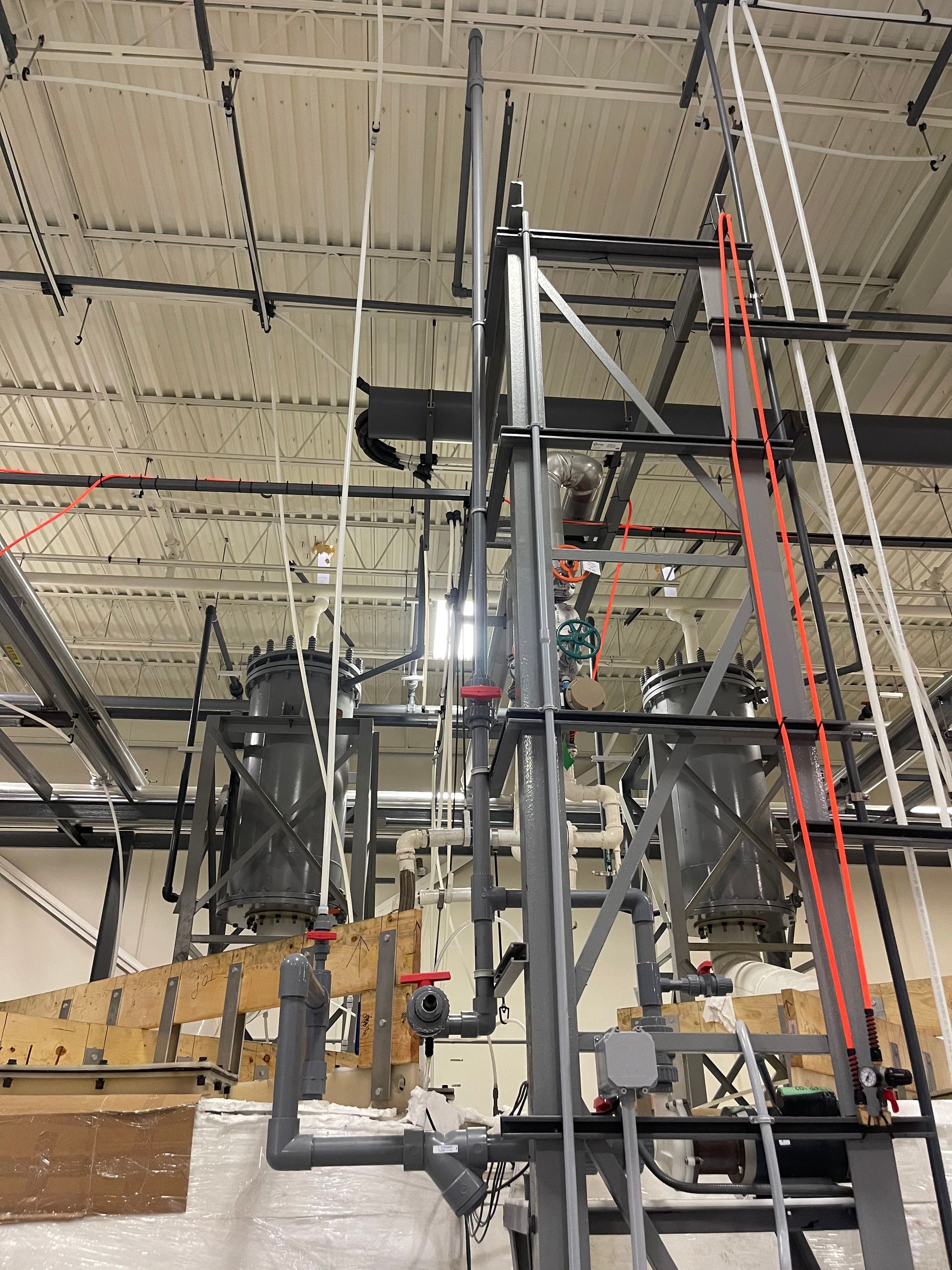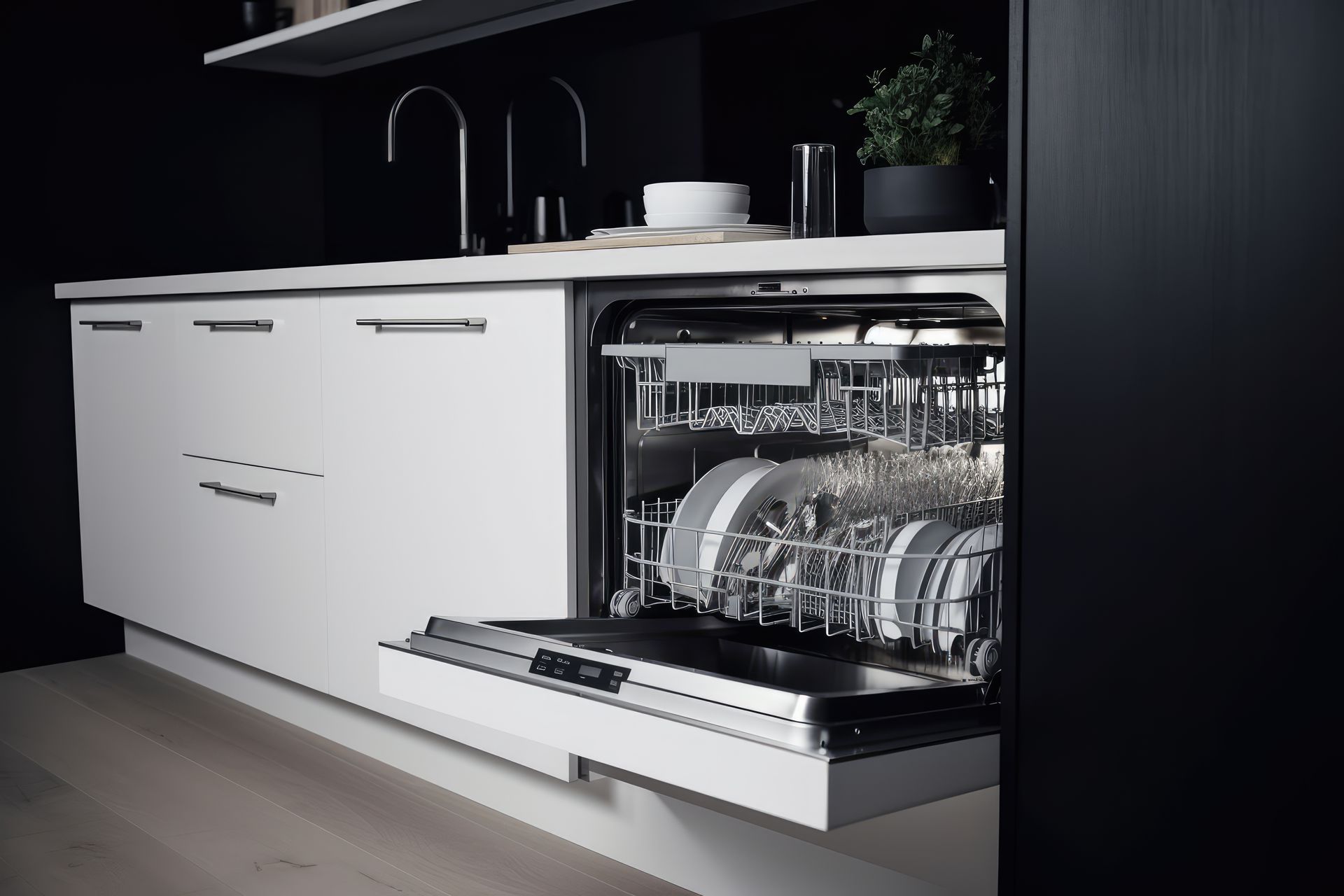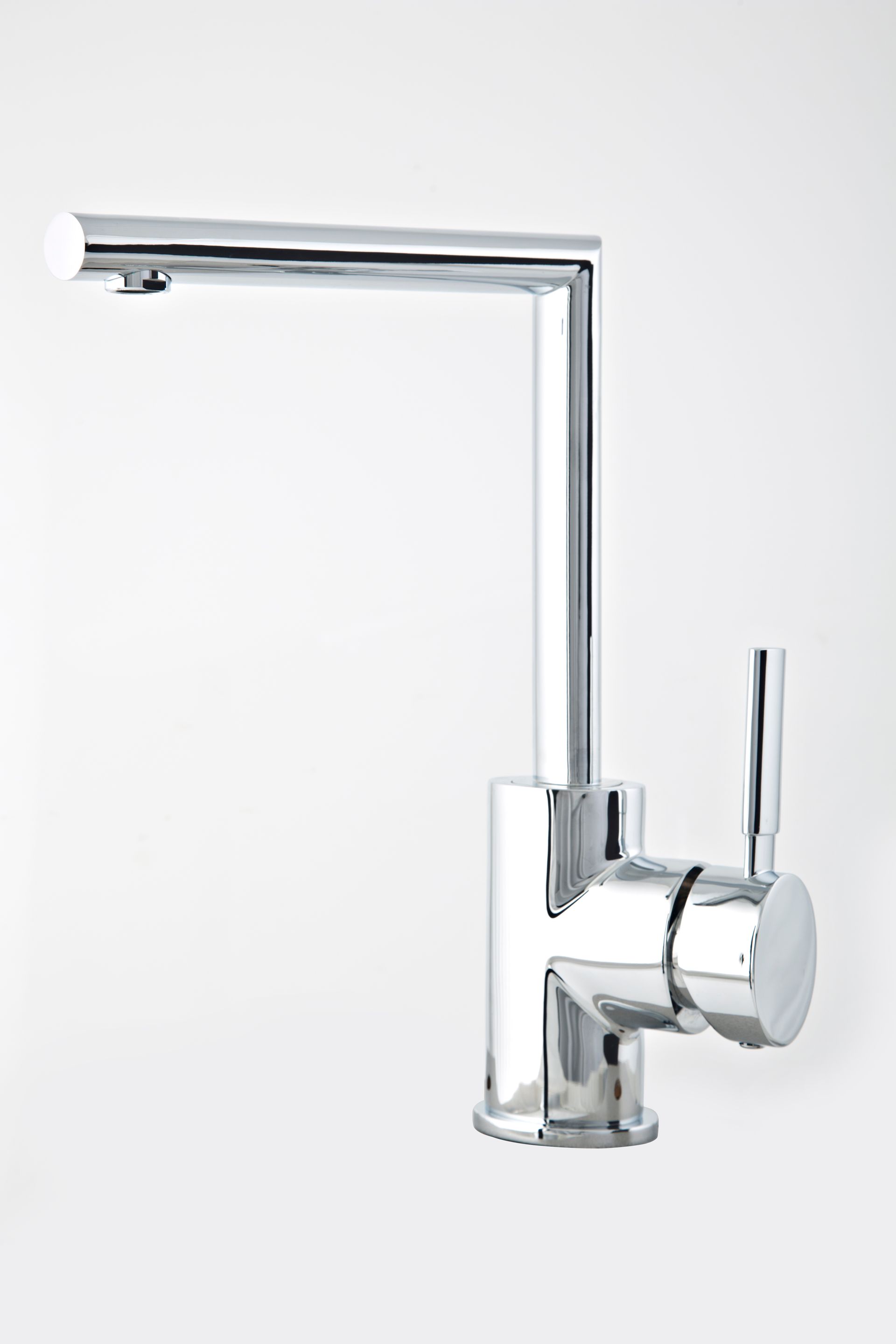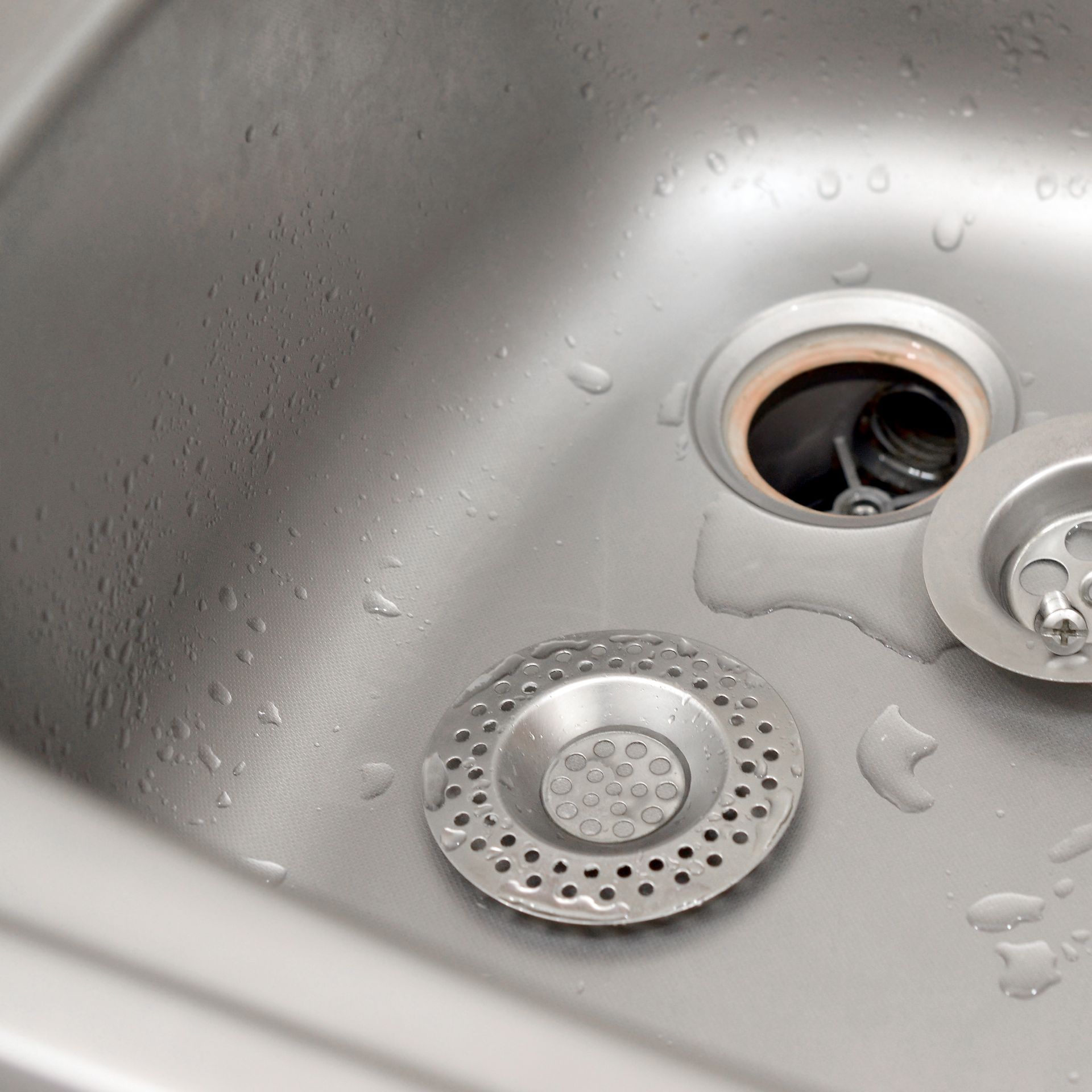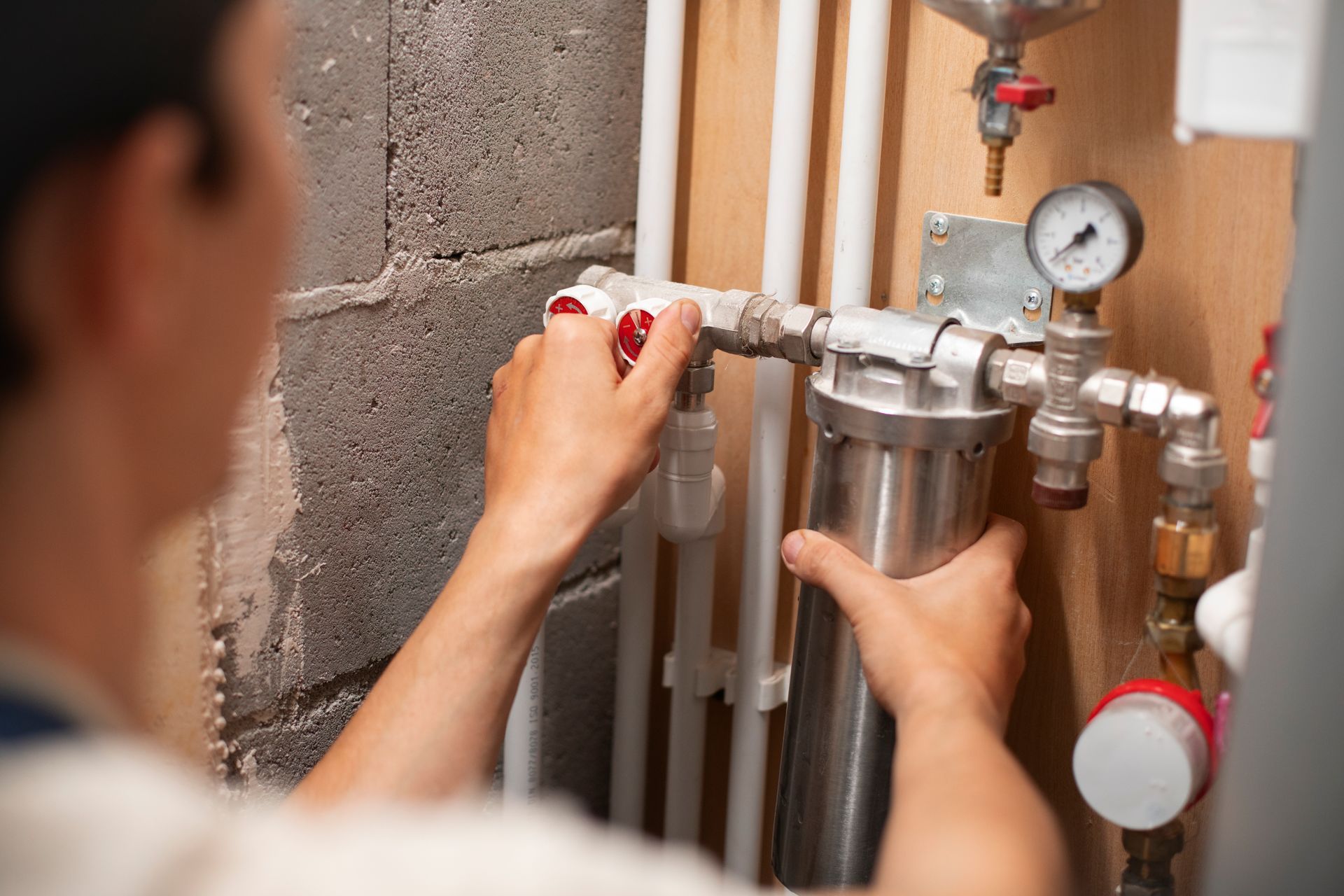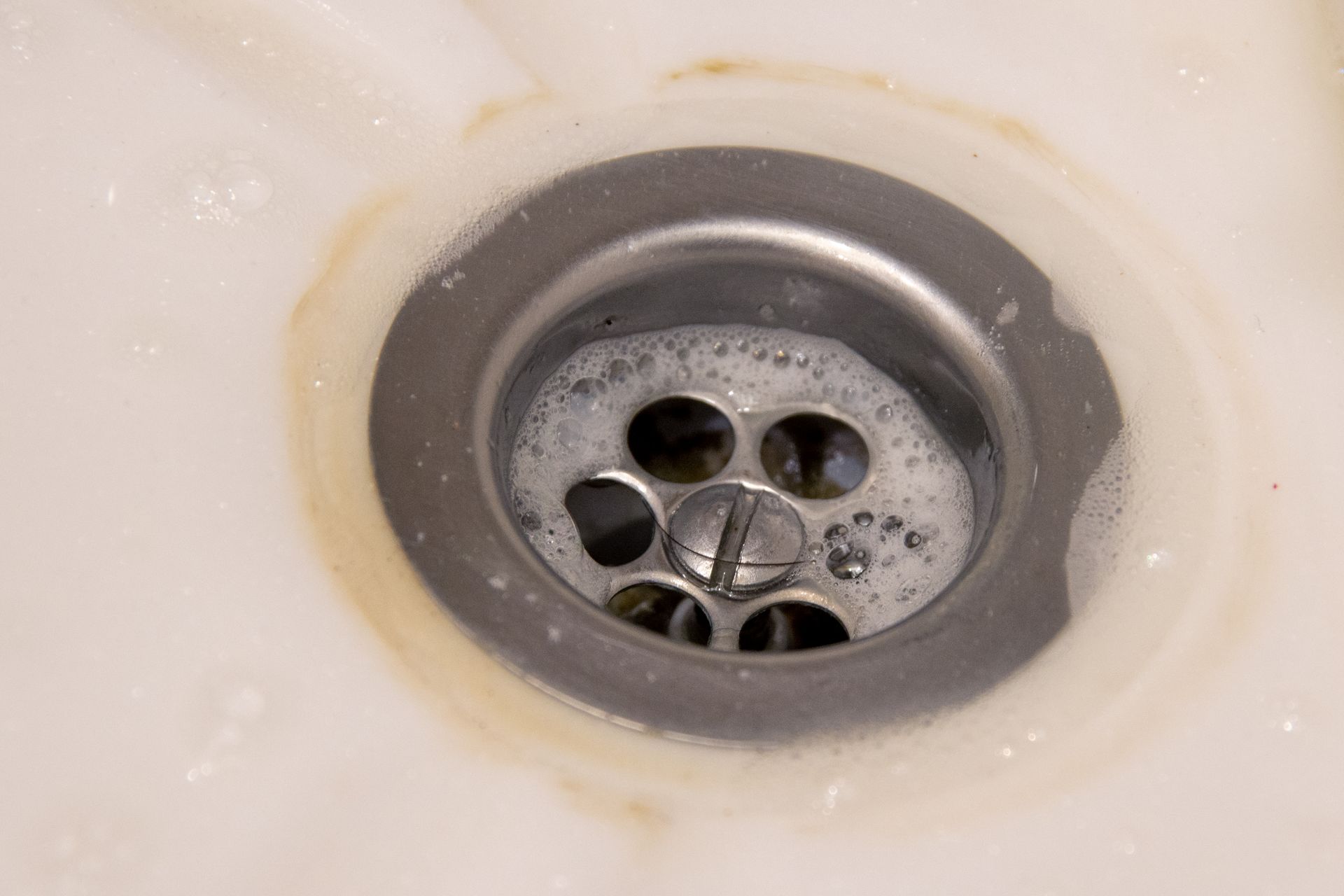Addressing Water Line Leaks In Your Home: Here's What You Should Know
Addressing Water Line Leaks In Your Home: Here's What You Should Know
Water line leaks are the hidden predators in the plumbing world. Not only can they cause severe damage to your home, but they also often go unnoticed until it's too late. These leaks can lead to significant water loss, sky-high utility bills, and potential health risks due to mold and mildew growth. So, how can we tackle this daunting issue? This comprehensive guide will take you through the process of detecting, addressing, and preventing water line leaks in your home.
Understanding Home Water Line Leaks
Before getting into the ins and outs of detecting and fixing leaks, it's crucial to understand what exactly a water line leak entails. Home water lines are the essential arteries of your living space. They carry clean, potable water from the city system into your residence. When a leak occurs in these lines, it means that water is escaping from the pipe and seeping into your home's infrastructure or the surrounding soil.
Identifying the Signs of a Water Line Leak
Recognizing the signs of a water leak early on can save you from costly home repairs and sky-high water bills. Here are some red flags that may indicate a water line leak:
Inexplicably High Water Bills: If your water bill has been steadily increasing without a rise in usage, a hidden water leak may be the culprit.
Low Water Pressure: Water leaks can cause a noticeable decrease in your home's water pressure.
Mold and Mildew: If you start noticing mold or mildew growth, especially in unexpected areas of your home, it could be a sign of a hidden water leak.
Damp Spots and Water-Stained Walls: Water stains on your ceiling, walls, or floors can be indicative of a leaky pipe.
Unusual Sounds: Hissing or babbling sounds coming from your walls can be a sign of a leaking water line.
Steps to Address Water Line Leaks
Once you've identified the signs of a potential leak, acting swiftly is critical to limiting the extent of damage. Here's a step-by-step guide on how to proceed:
1. Shut off the Water Supply: The first step is to stop the water flow to minimize water wastage and further damage.
2. Look for Visible Leaks: Check all accessible pipes and faucets for visible leaks.
3. Call a Plumber: If you can't find the source of the leak or if the leaky pipe is not easily reachable, it's time to call in the professionals.
4. Fix the Leak: If the leak is minor and accessible, you might be able to fix it yourself using a pipe repair clamp or leak tape. However, for major leaks, it's always better to rely on a plumber.
Preventing Future Leaks
Addressing a leak when it occurs is one thing, but taking steps to prevent water line leaks from happening in the first place can save you a lot of trouble. Here are some preventive measures you can take:
Regular Inspections: Regular plumbing inspections can help spot potential issues early, preventing hidden leaks.
Install Water Monitoring Systems: These systems detect unusual water flow and can help identify leaks early on.
Quality Plumbing Materials: Using high-quality materials for your home's plumbing system can significantly reduce the risk of leaks.
Controlled Water Pressure: Constant high water pressure can weaken your pipes over time. It's recommended to install a pressure reducer to maintain safe water pressure levels.
Now that you have a thorough understanding of how to detect, address, and prevent water line leaks in your home, you might be feeling more prepared should a leak occur. However, remember that the complexities of home plumbing systems often require professional intervention.
TBA Plumbing Inc. offers top-notch plumbing services to address all your water line leak needs. Whether it's an issue of minor leakage or a significant water line break, our team of professionals is equipped to handle it all. We also offer regular inspections and quality repair services to prevent such issues from arising in the first place.
Don't let a minor leak turn into a significant issue. Call or email us to schedule an inspection or service.

